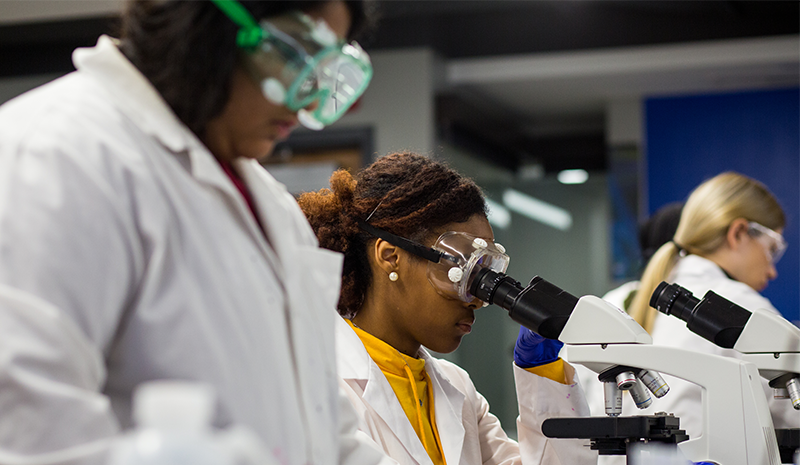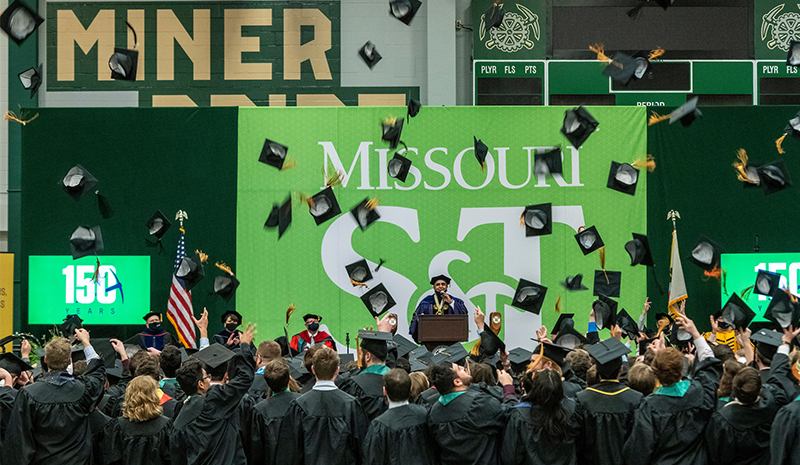University of Missouri helps fuel state's economy
Together, our four universities have a $6.5 billion economic impact on the state of Missouri, a recent report by Tripp Umbach shows.
With more than 75,000 students enrolled, the UM System educates about half of all undergraduate students enrolled in Missouri’s four-year institutions. In doing so, the UM System supports 69,253 jobs in Missouri, directly and indirectly. This impact is generated through employment at our four institutions, as well as through our research, academic medicine, extension and engagement, and athletic activities.
We are committed to enhancing the overall economic vitality of the state, and this study shows we all continue to deliver on our mission.
In addition to the systemwide study, Tripp Umbach provided economic impact analysis specific to each university, which we highlight below.

|
UMKC
|
Missouri S&T
|
|
UMKC reports close to $600 million in economic impact The University of Missouri-Kansas City generated $597.2 million in overall economic impact in Missouri during fiscal year 2021. The total includes $231.4 million in economic impact from academic medicine and $186.3 million from research activity. |
25,000 working S&T alumni create $4.5 billion economic impact to state Missouri S&T contributed $487.2 million to the state’s economy last fiscal year. S&T also supports 6,540 jobs in the state, including 3,270 full- and part-time jobs directly supported by S&T.
|
|
UMSL
|
MU
|
|
University of Missouri–St. Louis alumni contribute $13.4 billion to Missouri’s economy More than 76,000 UMSL graduates live and work in Missouri, and a report by Tripp Umbach highlighted the significant contributions they make to the regional and state economy each day.
|
MU generates $5 billion in economic impact MU supported nearly 50,000 jobs and contributed $281.8 million in state and local taxes. There are more than 153,000 MU alumni living in Missouri, and the total impact to the Missouri economy associated with their in-state spending is estimated to be $26.8 billion. |
Reviewed 2022-03-25



